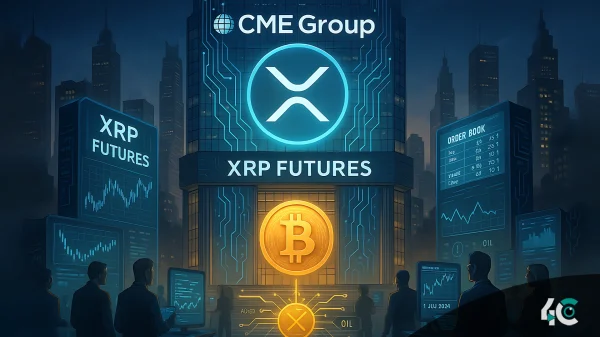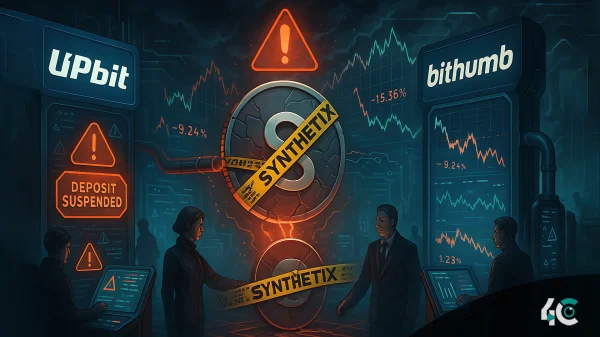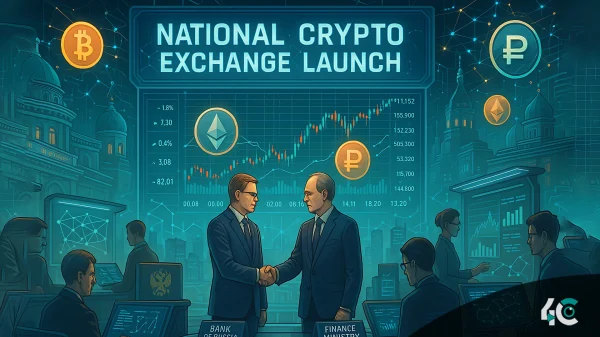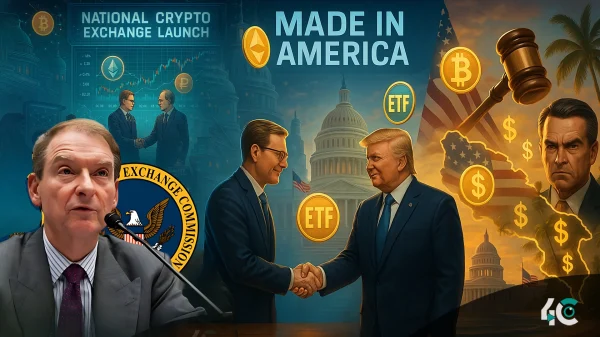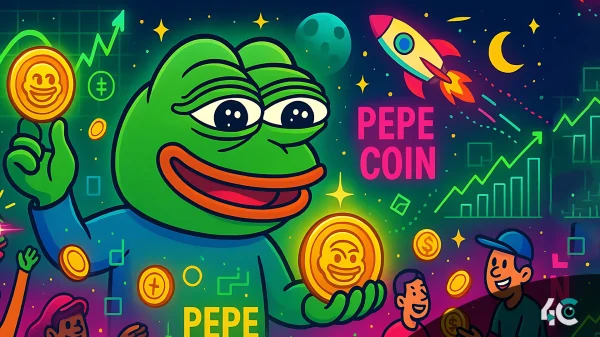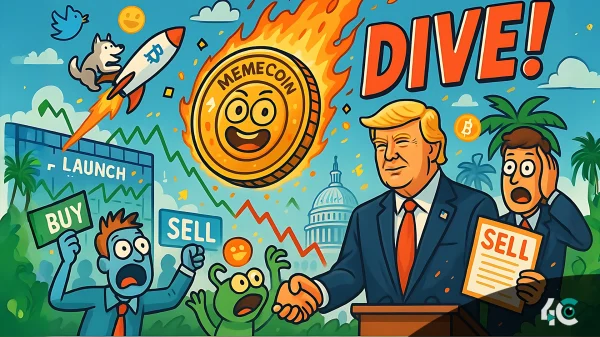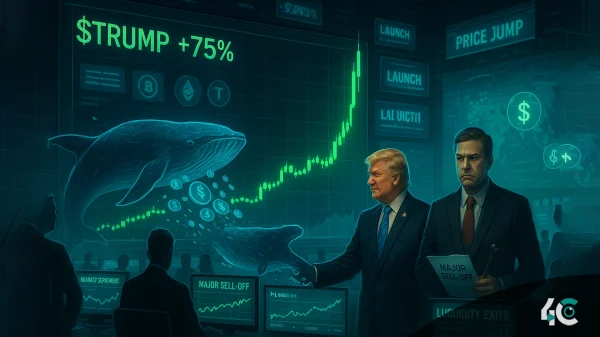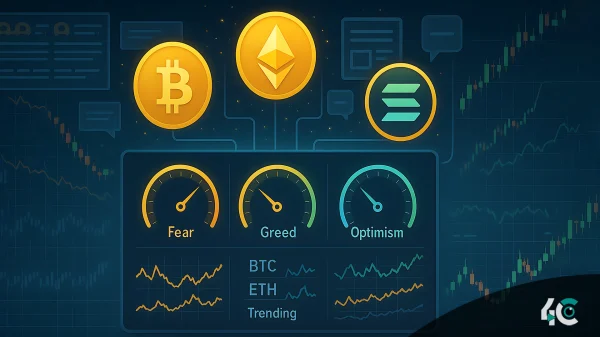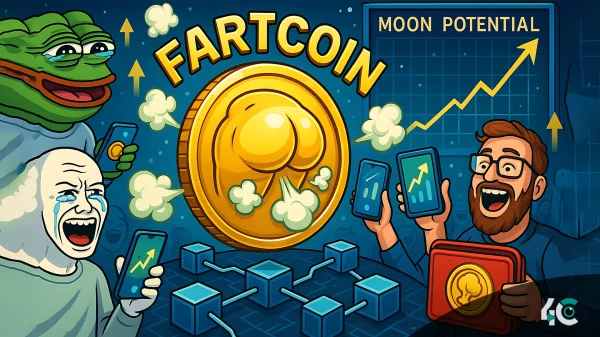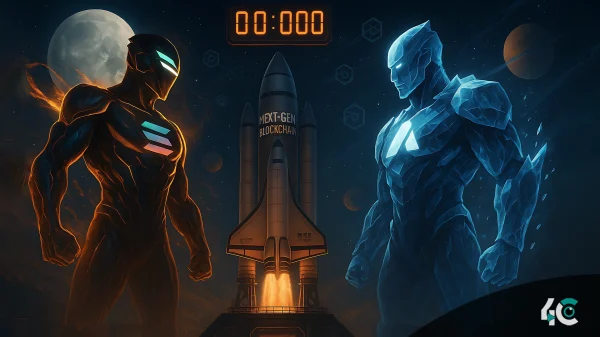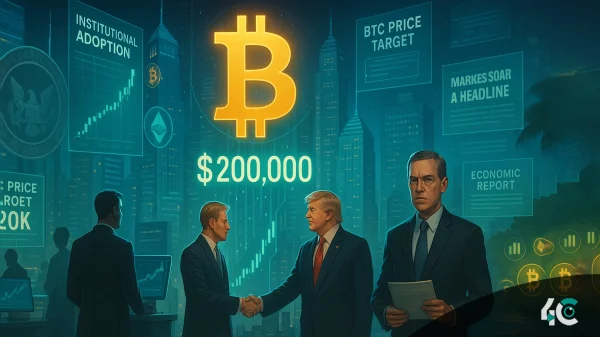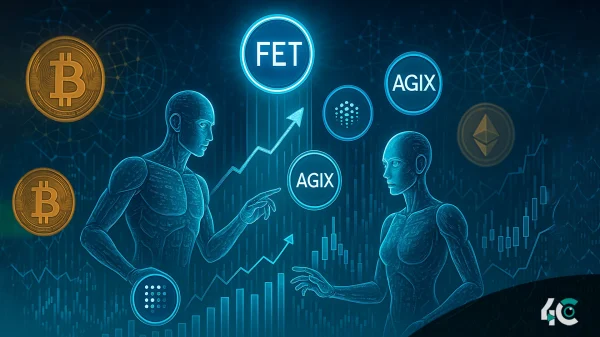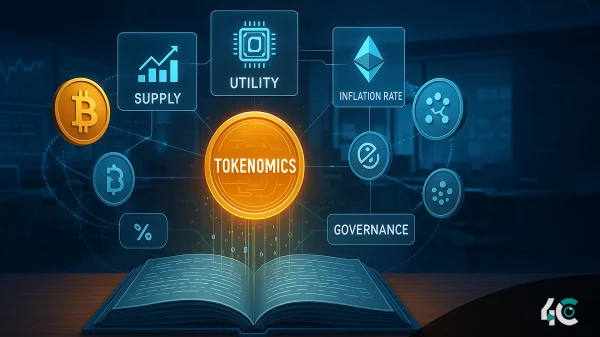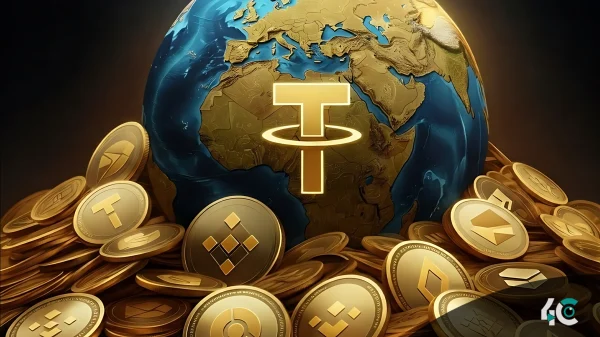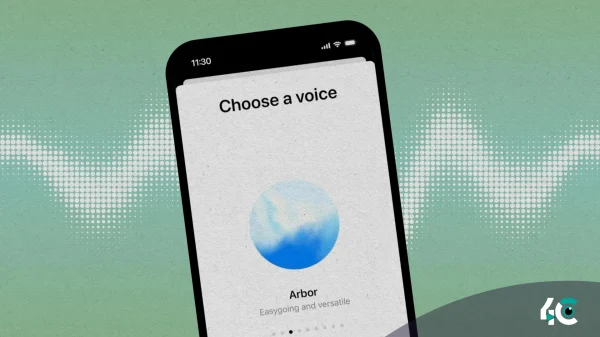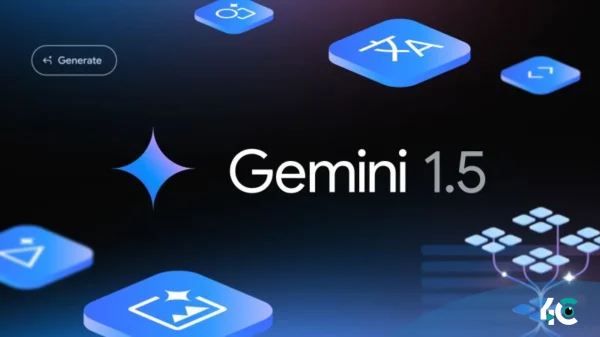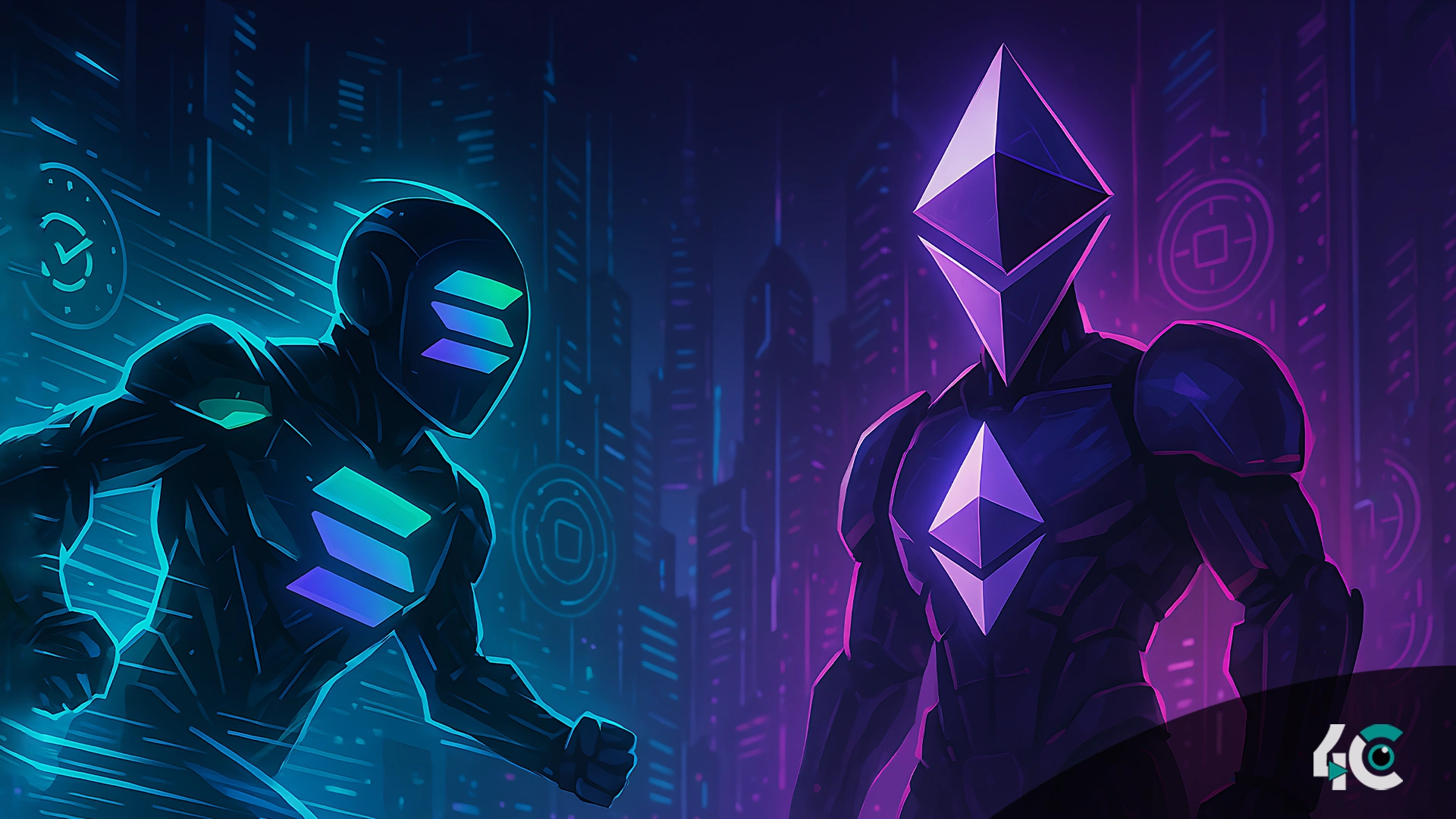The Solana vs. Ethereum comparison remains a hot topic as both blockchains battle for dominance. Solana’s fast transactions and lower fees appeal to developers and users, while Ethereum leads in adoption and security. As competition grows, many wonder—can Solana truly live up to the “Ethereum killer” title? Let’s explore how each stacks up in performance, use cases, and investor sentiment.
The Rise of Solana
Solana, launched in 2020, is a high-performance blockchain that can process thousands of transactions per second (TPS) at a fraction of the cost of Ethereum.
In 2025, this promise is showing actual results. According to Crypto Metrics collected data, Solana’s number of daily active users has increased by 120% over the years. Furthermore, its total value locked in applications (TVL) is $30 billion. Despite ranking behind Ethereum, Solana is rapidly catching up.
Solana has a unique Proof-of-History (PoH) consensus mechanism, which works with Proof-of-Stake (PoS) to tremendously cut down transaction times and costs. Solana’s transaction fee is always below $0.01, unlike Ethereum’s, which is between 5 and 5−10 due to its transition to PoS.
“The speed and low fees of Solana are revolutionary,” said Alex Rivera, a blockchain developer who recently moved his DeFi project to Solana from Ethereum. “It’s difficult for developers and users to look past the utility advantages.”
Ethereum’s Enduring Strengths
Ethereum is still the number one blockchain in the world despite Solana’s rise. With a market cap of more than $400 billion and 4000 dApps, Ethereum still remains the benchmark for everyone in the last quarter of 2023. Its recent upgrades—the Merge and sharding—have improved scalability and energy efficiency, enhancing its appeal to institutional investors and enterprises.
Furthermore, Ethereum enjoys unmatched network effects. Its established infrastructure, comprehensive documentation, and large community support attract developers to its platform. Solana’s performance stats may be great, critics say, but it is less mature and resilient than Ethereum.
Dr. Emily Chen points out that Ethereum has undergone years of testing in the battle. “Performance is one aspect, but having time to show consistent results gives you strength,” Dr. Patel concluded.
Challenges Facing Solana
Even though Solana became trending, it has also faced downtime. The network experienced significant outages in 2023 and 2024 as a result of congestion and bot attacks. Despite the largely resolved technical issues, some, particularly users and developers, remain skeptical.
In addition, Solana’s fast expansion plan also drew regulatory scrutiny. In early 2025, the U.S. Securities and Exchange Commission (SEC) started looking into Solana’s development team for possible conflicts of interest that might harm its reputation.
According to fintech analyst Sarah Lin, Solana’s remarkable rise is indicative of high risk. “If they can’t keep things steady and deal with regulations, they’ll have problems.”
Developer Adoption and Ecosystem Growth
Solana is working hard on attracting developers to its network. In 2025, top firms like Shopify and Stripe joined forces with Solana’s blockchain as its low fees and quick settlement times drew them in. The prominent Solana development foundation’s $100 million promise has quickly brought on thousands more builders, especially in gaming, NFTs, and other Web3-related applications.
Ethereum still has the strongest developer community. Ethereum’s appeal to the cream of the crop is further fuelled by the mainstream success of its tools. ” To switch to Solana, many developers will need to learn new programming languages and adapt to a less mature ecosystem. Until we overcome this, Solana cannot effectively compete with Ethereum.
A Changing Landscape
As competition grows, both platforms are evolving to meet the demands of a rapidly burgeoning industry. Many developers may require new languages. The whole ecosystem is less mature than that of Ethereum. This is something Solana has to deal with. As competition is heating up, both of them are evolving.
In the end, the issue is not about one overtaking the other but rather how one will coexist in an increasingly diverse blockchain landscape. Currently, Solana does seem to be fulfilling its role as a valid competitor, but Ethereum is firmly entrenched in its position and is not giving it up easily.
The future of blockchain will not involve a competition between winners and losers. Both platforms have strengths that complement each other. Innovation is the true winner in this collaboration.
The ongoing competition between Solana and Ethereum, which both enhance the limitations of what is achievable, may benefit users and developers the most.

